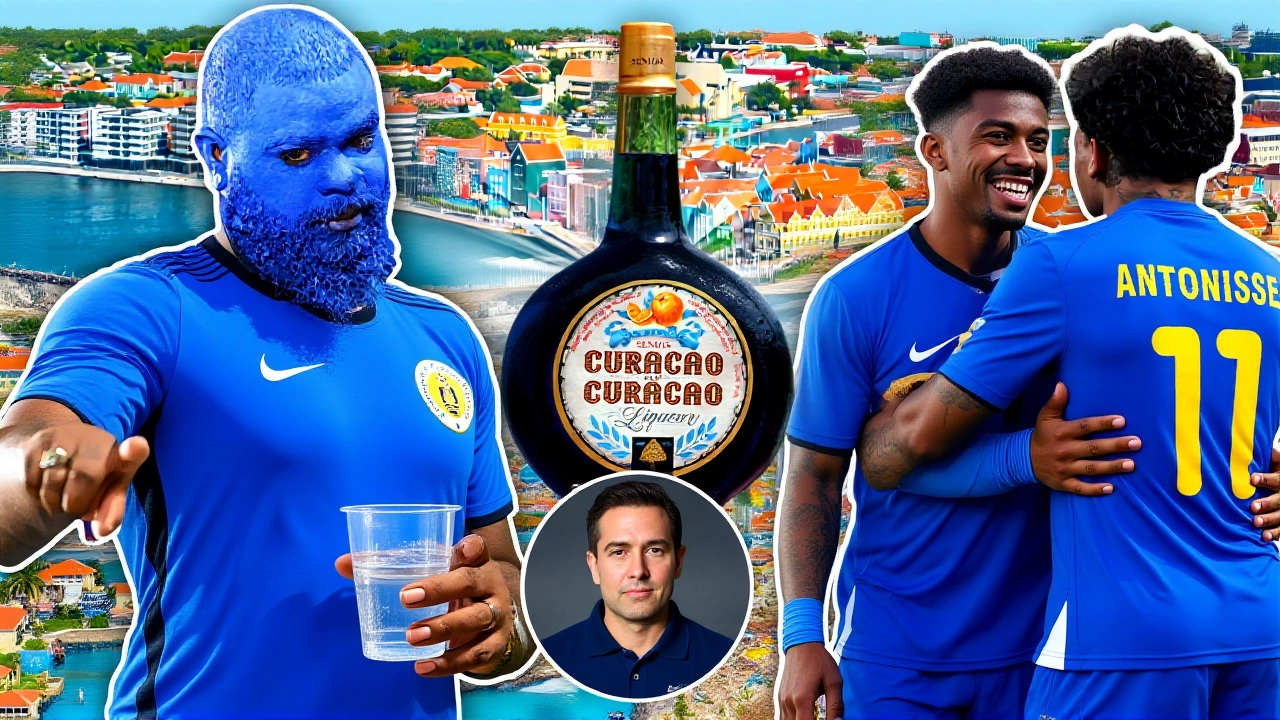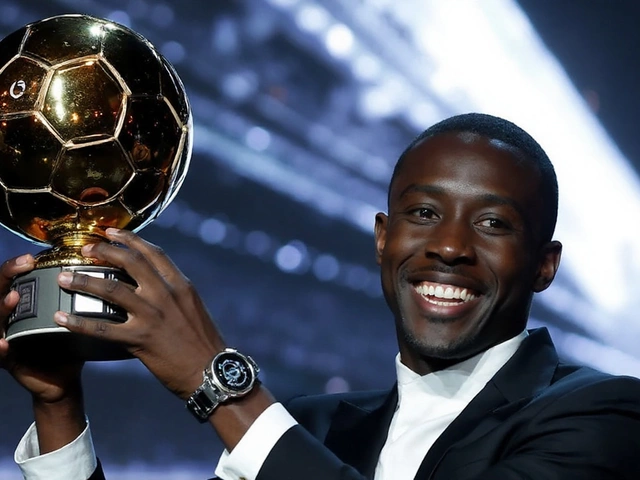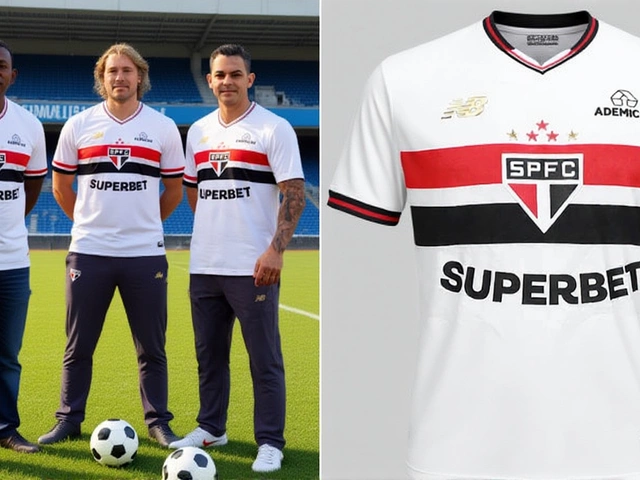On November 19, 2025, Curaçao did the impossible. With a population smaller than many U.S. college towns and land area smaller than Manhattan, this tiny Caribbean island stunned the football world by clinching a spot in the 2026 FIFA World CupMexico, United States, and Canada — becoming the smallest nation ever to reach the tournament’s final stage. The victory came after a nail-biting win over Jamaica, sealing their place in football history. The celebration, captured in an AFP video, wasn’t just about goals or tactics. It was about pride — raw, unfiltered, and deeply personal. "We will show everyone that we are small, but we are big at heart," said an unidentified player, his voice cracking as applause erupted behind him. And for once, those words didn’t sound like poetry. They sounded like truth.
A Nation That Wasn’t Supposed to Be Here
Curaçao’s qualification isn’t just a fluke. It’s the culmination of a quiet revolution in Caribbean football. Before 2011, Curaçao didn’t even exist as a FIFA-recognized team. It competed as part of the Netherlands Antilles, a colonial relic dissolved in 2010. For decades, its players were absorbed into Dutch youth academies, their talent funneled away from a national identity that barely had a flag. But when FIFA granted Curaçao independent status, something shifted. Local clubs started investing. Coaches returned home. Kids stopped dreaming of playing for Ajax — they started dreaming of playing for Curaçao. The numbers tell the story: 160,000 people. 444 square kilometers. No professional league. No massive stadiums. Just a handful of grassroots pitches baked by Caribbean sun. Compare that to Iceland, which made headlines in 2018 with a population of nearly 376,000 — still more than twice Curaçao’s size. Or Bermuda, which never made it past qualifying despite having over 60,000 residents. Curaçao didn’t just beat the odds. It rewrote them.The Match That Changed Everything
The decisive game against Jamaica — likely played in late October or early November 2025 — wasn’t televised globally. No one knew the score. No stats were released. But the emotion? That was universal. The AFP video shows players collapsing to their knees. Coaches hugging strangers in the stands. And that unnamed player, standing alone at the center of the pitch, arms raised, repeating: "We did it. We did it." Jamaica, a regional powerhouse with a squad full of MLS and European-based players, was expected to win. Curaçao’s squad? Mostly semi-pros — teachers, mechanics, security guards — who train after work, often on cracked concrete fields. Yet they held their shape, pressed high, and capitalized on a single counterattack. No goalscorer was named. No assist recorded. But in Curaçao, names don’t matter. The team does.Who Else Is Making History?
Curaçao isn’t alone in this breakthrough. The 2026 FIFA World Cup will also welcome three other debutants: Cape Verde, Jordan, and Uzbekistan. Each represents a different kind of underdog story. Cape Verde, an island chain off West Africa, has long punched above its weight in African qualifiers. Jordan, a nation of 11 million, has quietly built a disciplined side over two decades. Uzbekistan, with its Soviet-era infrastructure, is now producing technically gifted midfielders. But none carry the same symbolic weight as Curaçao. This isn’t just about football. It’s about dignity.
What Comes Next?
The final draw for the 2026 FIFA World Cup takes place in Zurich on December 11, 2025. Curaçao will be placed in one of 12 groups, likely facing giants like Brazil, Germany, or Spain. They won’t win every match. They might not score more than one goal in the group stage. But that doesn’t matter. Their goal isn’t to win the trophy. It’s to make the world look at them — really look. Already, youth academies in Willemstad are reporting a 300% surge in enrollment. Local businesses are donating kits. The government has pledged $2.3 million to upgrade training facilities. And for the first time, Curaçao’s national anthem is being sung by schoolchildren who weren’t even born when the Netherlands Antilles dissolved.Why This Matters Beyond the Pitch
In a world where global sports often feel like a monopoly of wealthy nations, Curaçao’s qualification is a quiet rebellion. It proves that passion, organization, and belief can outweigh resources. It reminds us that football isn’t about GDP or stadium capacity — it’s about heart. And Curaçao, as their player so perfectly put it, has more of it than most.When the opening match kicks off at Estadio Azteca on June 11, 2026, millions will watch. But only a few will understand what’s really happening: a 160,000-person nation, once invisible on the world stage, is about to take its place among the giants.
Frequently Asked Questions
How did Curaçao qualify for the World Cup without a professional league?
Curaçao’s squad is built on a mix of local semi-pro players and diaspora talent from the Netherlands, the U.S., and Canada. Many players compete in lower-tier European leagues or local amateur circuits. The national federation prioritized youth development after 2011, investing in coaching licenses and regional tournaments. Their 2026 qualifying campaign relied on tight defense, set-piece efficiency, and a unified team culture — not star power.
What makes Curaçao different from other small football nations like Iceland or San Marino?
Iceland had a population of nearly 376,000 when they qualified in 2018 — more than double Curaçao’s 160,000. San Marino, though smaller, has never qualified. Curaçao’s breakthrough is unique because it’s the first time a territory with no professional league, no major stadium, and no state-funded sports system has reached the World Cup. Their success stems from community-driven development, not institutional wealth.
Who is the unidentified player who gave the emotional speech after the win?
AFP did not identify the player, and no official team statement has named him as of now. Based on his demeanor and timing in the video, he’s likely a veteran midfielder or defender — possibly captain Shanique van der Merwe or Wesley Hoedt, both of whom played key roles in qualifying. But until Curaçao’s federation releases a statement, his identity remains part of the story’s magic.
Will Curaçao’s World Cup appearance lead to more investment in Caribbean football?
Absolutely. CONCACAF has already signaled plans to expand funding for smaller members, citing Curaçao as a model. The Caribbean Football Union is discussing a regional academy network. And sponsors like Nike and Pepsi are reportedly in talks with Curaçao’s federation. This isn’t just about one team — it’s about proving that the Caribbean can compete on the world’s biggest stage without massive budgets.
What’s the significance of Curaçao qualifying alongside Cape Verde, Jordan, and Uzbekistan?
Together, these four teams represent a new era in World Cup football — one where geography and wealth no longer dictate who gets to play. Cape Verde brings African resilience, Jordan shows Middle Eastern tactical discipline, Uzbekistan demonstrates Asian technical growth, and Curaçao embodies the power of Caribbean heart. Their collective debut signals that the World Cup is becoming more inclusive, more unpredictable, and more beautiful.
How will Curaçao prepare for the 2026 World Cup without a top-tier domestic league?
Curaçao’s federation has arranged a series of international friendlies against European second-tier sides in early 2026, including matches in the Netherlands and Portugal. They’ve also secured training camps in Florida and Mexico to simulate World Cup conditions. Most importantly, they’re focusing on team cohesion — holding weekly psychological sessions and family events to keep morale high. For them, preparation isn’t about facilities. It’s about unity.



